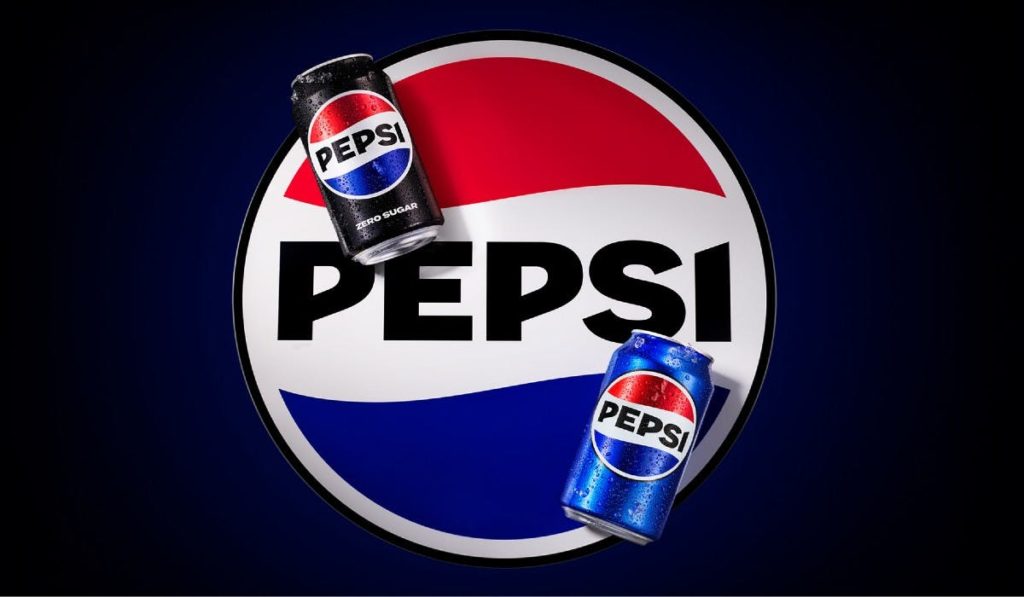In our continuous journey of uncovering customer preferences through regression, we had the opportunity to work with TradeStation, a prominent stock brokerage firm. Our objective was to better understand their most valued customers and to gain insights that could guide future marketing and innovation strategies.
After our prior experience working with drivers of choice, we recognized the immense value these insights can offer. However, with TradeStation, we decided to take it a step further, opting for one-on-one interviews with their most valuable customers.
Embracing In-depth Interviews
Interviews, though time-consuming, provide an opportunity for deep, qualitative understanding. They allow us to probe further into the drivers identified by regression analysis, asking why and how these factors become important, and what underlying motivations or concerns customers may have.
With TradeStation, our focus was to delve into these important ‘why’ questions. For example, why does a particular aspect of their service stand out? Why do they prefer TradeStation over other brokers? What factors influence their trading decisions?
Unlocking Insights for Innovation and Marketing
These interviews turned out to be a treasure trove of information. Not only did they reinforce the findings from our regression analysis, but they also added depth and context to these insights. We learned about the personal strategies of the traders, their goals, and their perspective on the market, giving us a holistic view of what truly mattered to them.
These insights have powerful implications for both innovation and marketing. They provide direction on what new features or services might be valuable to the customers. Equally, they highlight what aspects to focus on in marketing communications, what unique selling points resonate the most, and how to truly differentiate TradeStation in a crowded marketplace.
The Journey Continues
The world of regression and customer analytics is as vast as it is exciting. Every project is an adventure, offering new opportunities to learn and evolve. Our work with TradeStation reinforced the value of supplementing data-driven insights with qualitative understanding. As we move forward, these lessons will continue to guide our approach, helping us reveal the layers of customer preferences and drive businesses forward.
So here’s to more adventures in regression and a deeper understanding of what makes customers tick. Let the journey continue!

